Life
Sign up for our newsletter
We summarize the week's scientific breakthroughs every Thursday.
-
 Neuroscience
NeuroscienceCrayfish get anxious, too
After receiving a shock, crayfish act anxious, avoiding brightly lit areas.
-
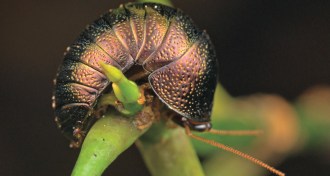 Animals
AnimalsLook beyond pest species to find beauty in cockroaches
A few pest species give the group a bad name, but exotic roaches include an amazing diversity of colors and lifestyles.
By Susan Milius -
 Animals
AnimalsSee your lawn through a bird’s eyes with YardMap
A new web tool lets you map your outdoor spaces and wildlife habitat, helping scientists understand how birds use urban and suburban spaces.
-
 Paleontology
PaleontologyAncient fish may have set stage for jaws
A fish called Metaspriggina walcotti, which lived roughly 500 million years ago, had body parts that may have later evolved into jaws.
-
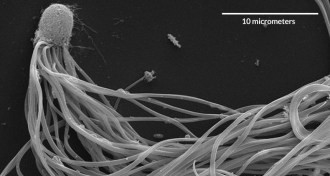 Animals
AnimalsAnt sperm swim as a team
The desert ant has sperm that swim in bundles for extra speed, perhaps increasing their likelihood of fertilizing an egg.
-
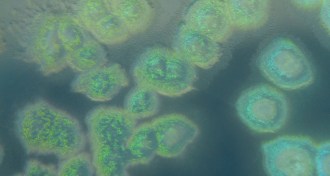 Health & Medicine
Health & MedicineBacteria linked to stress-induced heart attacks
Bacteria may play an underlying role in heart attacks brought on by stress.
-
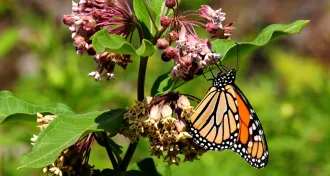 Animals
AnimalsWinter road salting reshapes next summer’s butterflies
Winter road salt treatments boost sodium in roadside plants and alter development for monarch butterflies.
By Susan Milius -
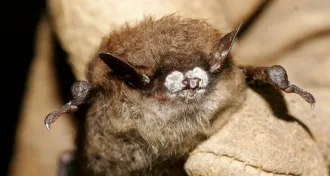 Animals
AnimalsDeadly bat disease gets easier to diagnose
White-nose syndrome in bats can be spotted with UV light, scientists have found.
-
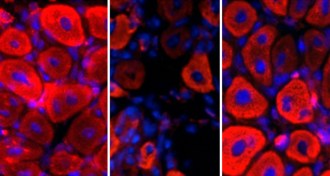 Life
LifeOxytocin stimulates repair of old mice’s muscles
The naturally produced hormone oxytocin, well known for its role in social bonding, may help heal injured muscles in the elderly.
-
 Health & Medicine
Health & MedicineAnesthesia linked to effects on children’s memory
Undergoing anesthesia as an infant may impair a person's ability to recall details later in life, a new study suggests.
-
 Neuroscience
NeuroscienceRats feel regret, experiment finds
When they turn down a good meal for a lesser one, rodents regret their choice, a study suggests.
-
 Paleontology
PaleontologyPreserved pterosaur eggs hint at reptile’s social life
The first 3-D pterosaur eggs, which were found in China, suggest that the flying reptiles laid eggs together.
By Meghan Rosen